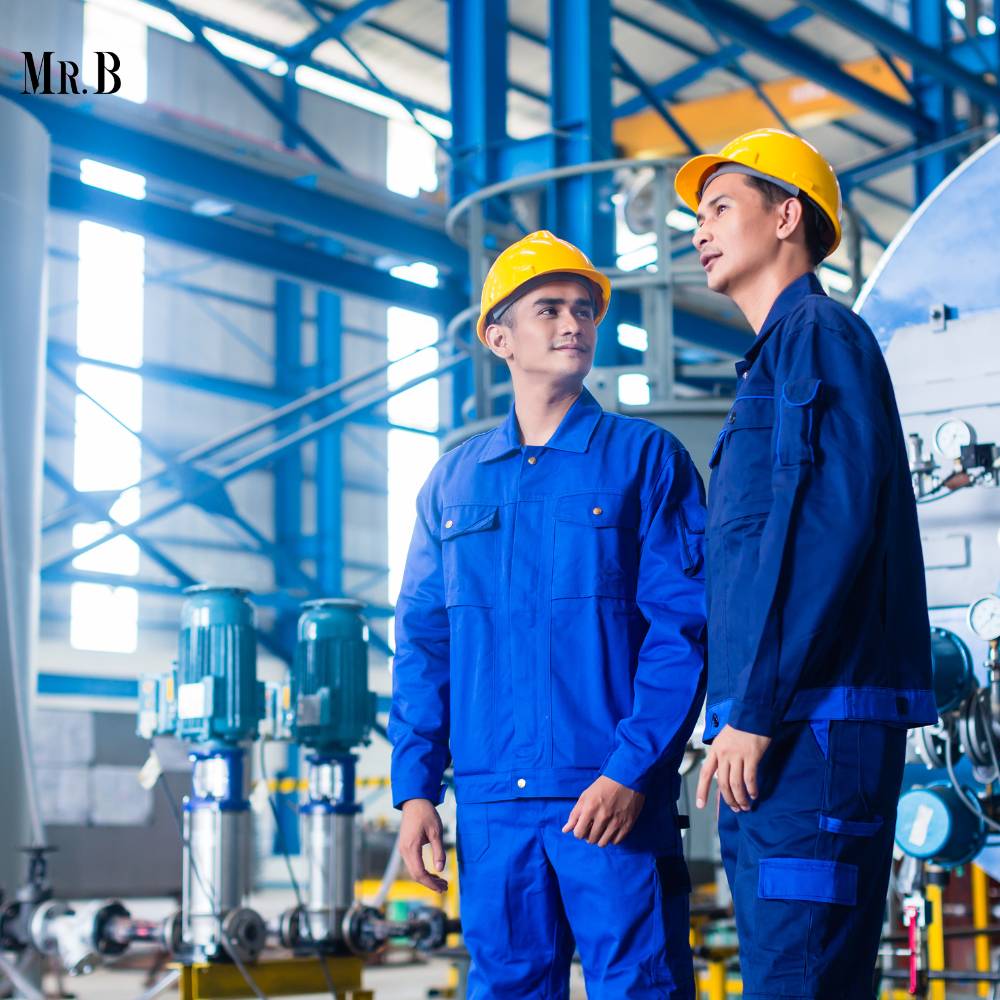Metal manufacturing plays a pivotal role in numerous industries, serving as the backbone of modern infrastructure and technology. From automotive and aerospace to construction and electronics, it encompasses a wide range of processes and techniques aimed at shaping raw metal materials into finished products. In this comprehensive guide, we’ll delve into the intricacies of it, exploring its various methods, applications, and significance in today’s industrial landscape.
Understanding the Concept:
Metal manufacturing, also known as metal fabrication or metalworking, refers to the process of converting raw metal materials into finished products through a series of mechanical, thermal, or chemical processes. These processes may include cutting, bending, welding, machining, and finishing, among others. It encompasses a diverse range of industries and applications, from small-scale artisanal workshops to large-scale industrial factories.
Importance:
It plays a crucial role in virtually every aspect of modern life. From the construction of buildings and infrastructure to the production of machinery and consumer goods, it is essential for the development and advancement of society. Without the manufacturing, many industries would grind to a halt, hindering progress and innovation across various sectors.
Key Processes in Metal Manufacturing:

It encompasses a wide range of processes, each serving a specific purpose in the production of metal products. Some of the key processes include:
- Cutting:
Cutting involves separating metal sheets or components into smaller pieces using tools such as saws, shears, or lasers.
- Forming:
Forming involves shaping metal sheets or components into desired shapes and configurations through processes like bending, stamping, or rolling.
- Joining:
Joining involves connecting metal components together through processes such as welding, soldering, or brazing.
- Machining:
Machining involves removing material from metal components to achieve precise dimensions and surface finishes using tools such as lathes, mills, or CNC machines.
- Finishing:
Finishing involves applying surface treatments or coatings to metal components to improve their appearance, durability, or corrosion resistance.
Benefits:
This type of manufacturing stands as a cornerstone of industrialization, offering a myriad of benefits that contribute to its widespread adoption across various sectors. From automotive and aerospace to construction and electronics, it plays a pivotal role in shaping modern infrastructure, technology, and society as a whole. In this article, we’ll delve into the key benefits of this manufacturing and how it impacts industries and economies worldwide.

1.Versatility and Customization:
One of the primary benefits of metal manufacturing is its versatility and ability to be customized to meet specific requirements. Metal materials such as steel, aluminum, and copper can be shaped, formed, and machined into a wide range of components and products with varying shapes, sizes, and specifications. This versatility allows manufacturers to tailor metal products to the exact needs of their customers, whether it’s a complex aerospace part or a simple household appliance.
2.Strength and Durability:
Metal materials possess inherent strength and durability, making them ideal for applications where structural integrity and reliability are paramount. Products manufactured from metals exhibit high tensile strength, resistance to deformation, and excellent load-bearing capabilities, ensuring long-lasting performance even under harsh conditions. This strength and durability make it particularly well-suited for industries such as construction, automotive, and machinery, where robustness is essential.
3.Cost-Effectiveness:
Despite its robustness and durability, this manufacturing can be highly cost-effective compared to alternative materials. Metal materials are often readily available, recyclable, and cost-competitive, making them an economical choice for large-scale production. Additionally, advancements in manufacturing technologies, such as automation and computer-aided design (CAD), have streamlined production processes and reduced labor costs, further enhancing the cost-effectiveness of it.
4.High Performance and Precision:

Metal manufacturing processes, such as machining and forming, enable the production of components with high precision and accuracy. These processes allow manufacturers to achieve tight tolerances, intricate geometries, and smooth surface finishes, resulting in products that exhibit superior performance and functionality. Whether it’s a critical engine part for an aircraft or a precision instrument for medical equipment, metal manufacturing ensures precise, reliable results that meet the most demanding specifications.
5.Sustainability and Recyclability:
The manufacturing is inherently sustainable and environmentally friendly, thanks to the recyclability of metal materials. Unlike many other materials, metals can be recycled indefinitely without losing their properties or quality. This recyclability reduces the need for virgin metal extraction, conserves natural resources, and minimizes waste generation, making this type of manufacturing a sustainable choice for environmentally conscious industries and consumers.
FAQs:
Q. 1. What are the primary materials used in metal manufacturing?
It commonly utilizes materials such as steel, aluminum, copper, brass, and various alloys tailored to specific applications.
Q. 2. What industries rely heavily on this manufacturing?
Industries such as automotive, aerospace, construction, electronics, energy, and manufacturing heavily rely on metal manufacturing for the production of components and products.
Q. 3. What are the environmental impacts of metal manufacturing?
These type of manufacturing processes can have environmental impacts such as energy consumption, emissions of greenhouse gases and pollutants, and generation of waste materials. However, advancements in technology and sustainability practices aim to minimize these impacts.
Q. 4. How has technology impacted metal manufacturing?
Technological advancements such as automation, robotics, additive manufacturing (3D printing), and computer-aided design (CAD) have revolutionized this type of manufacturing, enabling increased precision, efficiency, and customization.
Q. 5. What are the future trends in this type of manufacturing?
Future trends in this manufacturing include the adoption of Industry 4.0 technologies, such as Internet of Things (IoT) integration, digital twin simulations, and artificial intelligence (AI) optimization, to further enhance productivity, flexibility, and sustainability.
Conclusion:
Metal manufacturing is a cornerstone of modern industrialization, driving innovation, economic growth, and technological advancement across various sectors. By understanding the processes, applications, and significance of metal manufacturing, businesses and industries can harness its potential to create durable, high-quality products that shape the world around us.
Curious to learn more? Explore this News on: Mr. Business Magazine









